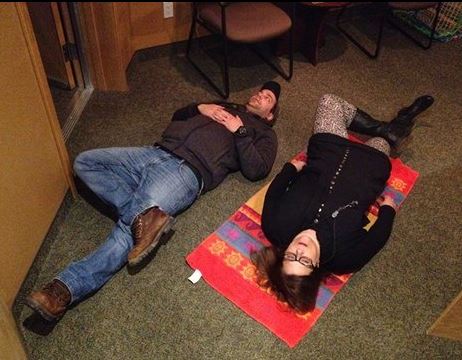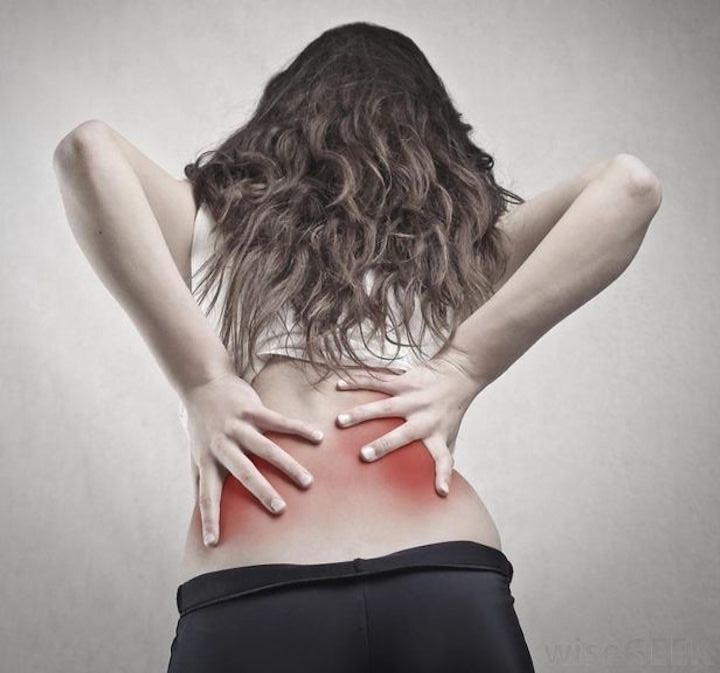Listen to the audio version of this post or simply skip it to continue reading:
Millions of people – somewhere around 1 in 5 of us – suffer from chronic back pain. I used to have lower back pain. In recent years, it’s been my upper back and shoulders because of a neck injury from a car crash.
I baby my neck by using a special pillow that travels with me. Lifting anything heavier than a jug of milk is off the table. But it’s my thing, my Achilles heel, my special something that we all have. Anyone who joke-bumps into me will get a death-ray stare. My neck is fragile!
However, my lower back issue is virtually non-existent since I started doing stretches. In the rare times I feel it coming on, I drop to the floor like I’m doing a burpee, and stretch that sucker out. The pain never materializes.

I also avoid painkillers, mainly because most of them make me sleepy. (Read about the horrible ordeal our cousin Kim endured from Advil HERE) And according to new research, I may be doing the best thing possible for my aching back.
Inflammation is seen as a villain in everything from cancer to heart disease. And it probably is. But back pain is different. In this Canadian study, researchers found that reducing inflammation makes short-term back pain last. Enduring the discomfort of an injury or low back issue and letting it run its course, leads to healing. The body’s natural immune response must occur in order to facilitate recovery.
Dr. Hance Clark, medical director of the pain research unit at Toronto General Hospital, says the mainstay treatment for a back injury should be heat, physiotherapy, stretching, massage and then potentially medication.
CBC News
This goes against decades of advice from physicians and common practice. Feel pain? Take a pill. Don’t put yourself through it. If the pain is debilitating and you can’t function, that’s one thing. But if it makes you go “ooh” when you reach for your water bottle, maybe you can hang in there until it naturally subsides. Anyone who’s taken Robax knows that eventually you’ll only have to take it again. It’s not a cure. Maybe the cure is in suffering a little.
A chiropractor gave me the lower back exercises, and stretching it out has been a game changer. I can’t say the same for my neck. I signed up for chair yoga classes, the mildest of all the yogas. It was going great, or so I thought, until one morning I woke up in the same painful pretzel shape I had right after the accident. It took several weeks of chiropractic treatments and massages to get the full range of mobility back.
The doctors behind this study say we shouldn’t torture ourselves. It’s a landmark finding but it’s not conclusive and a long way from being the new normal. If it’s too uncomfortable to get out of bed or do things you normally do, for goodness sake, take something. But maybe try some stretches or a massage sometime before idly popping another painkiller.


I have found daily stretches have really helped my back spasms become less frequent!